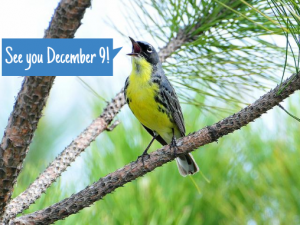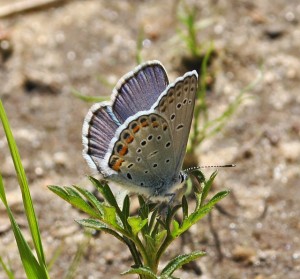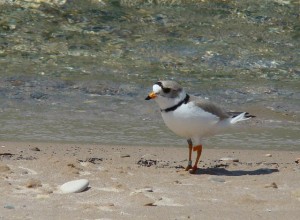DNR dinner spotlights wildlife funding gap

The numbers confirm what we Michiganders know from experience: We love wildlife. Michigan’s 3.2 million wildlife watchers add $1.2 billion to the state economy every year, according to the Department of Natural Resources.
In fact, while hunting and fishing are cornerstones of our state’s outdoor heritage and recreation economy, far more residents pursue wildlife with binoculars or camera than with hook or bullet. A 2011 survey by the U.S. Fish and Wildlife Service found that 39 percent of Michigan residents watched wildlife, compared to 21 percent who hunted or fished.
The DNR aims to tap into that enthusiasm with a Dec. 9 dinner to celebrate the 40th anniversary of Michigan’s Endangered Species Act. The law has been instrumental in protecting and recovering rare species such as the peregrine falcon and Kirtland’s warbler.
More than just a celebration, DNR officials hope the dinner will provide critical funding for the state’s Nongame Fish and Wildlife Trust Fund, which supports management of species that aren’t hunted, trapped or fished, but form the vast majority of Michigan’s web of life. Tickets are $100, with all proceeds benefiting the fund. (Seating is limited, so get your tickets today!)
Many residents may be surprised to learn that, while 80 percent of Michigan species aren’t hunted or trapped, nongame species receive only five percent of the DNR’s wildlife management budget. In 2013, state funding to manage nongame wildlife totaled just under $472,000. (State nongame dollars also help leverage about $1 million a year in federal grants to Michigan.) By comparison, turkey management received $754,000 in state funding, and the Deer Range Improvement Program alone netted nearly $1.5 million.
That small slice of nongame funding gets spread thin across important programs, including habitat work for at-risk species such as Kirtland’s warblers, piping plovers and Karner blue butterflies. It’s also the only funding source for efforts to protect rare plants like the prairie fringed orchid and the dwarf lake iris, the state wildflower, which grows only in the Great Lakes region.
About half of the nongame fund’s annual revenue comes from interest on its $6 million balance. Its other major funding source is the “Conserve Wildlife Habitat” vehicle license plate—the one with a loon on it—which sees about 1,200 new purchases and 21,000 renewals each year. Additional funds trickle in from tax-deductible donations and sales of “Living Resources” patches.
Brad Garmon, MEC’s director of conservation and emerging issues, knew nongame wildlife programs were underfunded. But it was an eye-opener to learn that the DNR needed to hold a fundraiser to support essential nongame management, he said at MEC’s recent annual member meeting.
“These are foundational species we need to protect, and it kind of feels like we’re having to hold a bake sale to do it,” Garmon said during a panel discussion on funding for environmental programs. “I applaud the department for thinking creatively, and encourage everyone to support and attend the dinner—it’s a great idea—but it should also be a wakeup call.”
The DNR’s celebration dinner is from 5:30 to 10 p.m. on Dec. 9 at the Kellogg Hotel and Conference Center in East Lansing. Purchase your tickets here or click here to donate to the nongame fund.
###
All photos via Flickr.
Kirtland’s warbler (illustration by MEC) and piping plover photos courtesy U.S. Fish and Wildlife Service.
Karner blue butterfly photo courtesy Aaron Carlson.





Comments are closed.